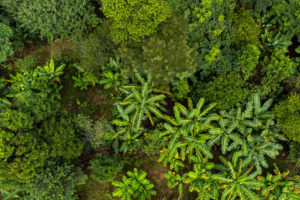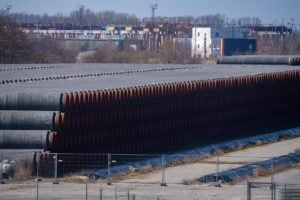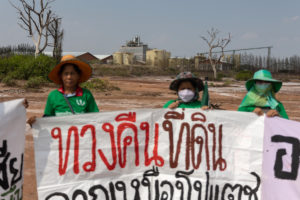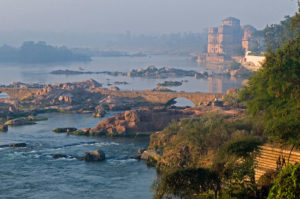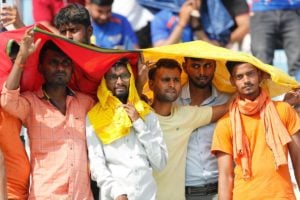Every year, Diálogo Chino commissions a diverse range of photo stories, with photographers accompanying our journalists in the field and enhancing our reporting on Latin America’s environmental challenges. They help to capture the landscapes, faces and little details that bring these stories to life.
This year, we have sent photographers to almost every corner of the region: to the salt flats of Bolivia, where communities are concerned about the potential impacts of lithium mining as a global boom nears; to renewable energy projects on the shores of the Dominican Republic; to the parched fields of Brazil, where extreme droughts have brought challenges for farmers; and to remote corners of the Amazon rainforest, to meet Indigenous groups living next door to extractive industries.
As 2023 draws to a close, our editors have picked their favourite photo stories from the past 12 months.

Photographer: Ernst Udo Drawert
An aerial view of the Pastos Grandes salt flat in Bolivia, where a lithium carbonate plant is set to be built, as the national government looks to capitalise on growing global demand for the resource. On our visit to the area, we heard from local residents who are concerned about lithium extraction’s potentially significant use of water, on which they depend for planting quinoa and raising llamas, their main economic activities. (Image: Ernst Udo Drawert / Diálogo Chino)

Photographer: Dan Agostini
Guarani Indigenous leader Thiago Karai Djekupe leads a protest in the Jaraguá territory, 20 kilometres north-west of São Paulo’s urban centre, in June. People in the territory came together to demonstrate against the “marco temporal”, or “time limit”, a controversial legal proposal that would require Indigenous people to prove they were occupying lands they claim on 5 October 1988, the day of Brazil’s current constitution. (Image: Dan Agostini / Diálogo Chino)

Photographer: Yuri Hooker
A throatspotted blenny amid a blanket of colonial anemones and brittle starfish arms, pictured at a reef at the base of a disused oil platform, a few kilometres off the coast of Los Órganos in northern Peru. During our mid-year visit, we heard of the debate over the management of the platform, with a marine biodiversity hotspot having flourished at its feet since its retirement in 2011. Despite local pressure, the dismantling of the platform began in September, after no agreement over its future maintenance was reached. (Image: Yuri Hooker)
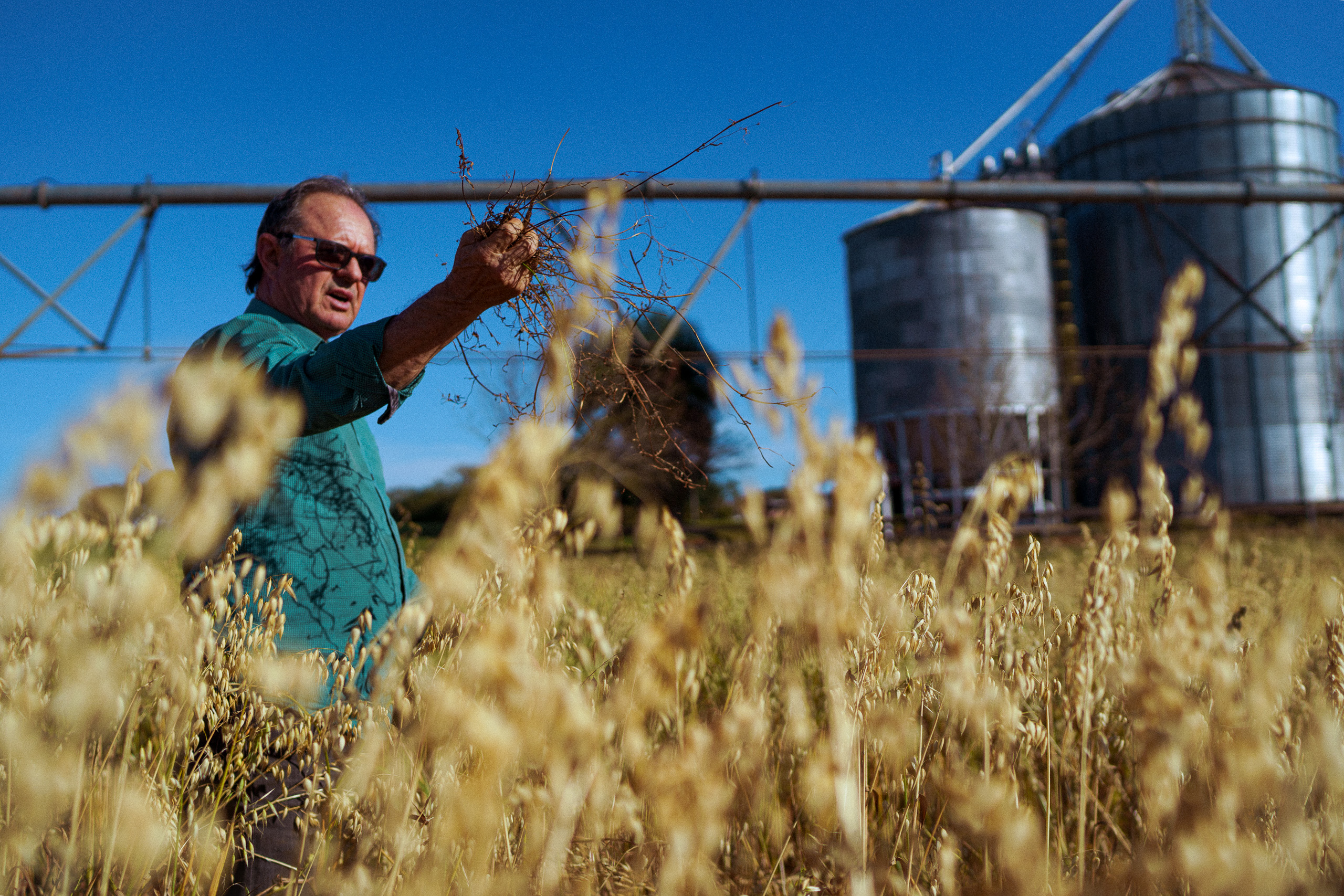
Photographer: Daniel Marenco
Sergio Rubin, a retired researcher from the Agricultural Research Foundation of Rio Grande do Sul, stands in one of his oat fields in Júlio de Castilhos, southern Brazil. He plants oats as a cover crop to keep moisture and nutrients in soils between seasons growing soy. In August, we heard of the challenges facing Rio Grande do Sul’s farmers after three years of drought, with new difficulties on the horizon as the El Niño weather pattern sets in, making increased rainfall likely. (Image: Daniel Marenco / Diálogo Chino)

Photographer: Lucas Ninno
An Atlantic titi monkey feeds on fruits in an area reforested by Institute for Ecological Research, in Nazaré Paulista, São Paulo state. Restoration programmes, many focused on the use of agroforestry methods, have been launched across Brazil as a national effort to recover millions of hectares of degraded land gathers pace. The National Plan for Native Vegetation Recovery targets the recovery of 12 million hectares of land by 2030, aiming to deter further deforestation for agriculture. (Image: Lucas Ninno / Diálogo Chino)
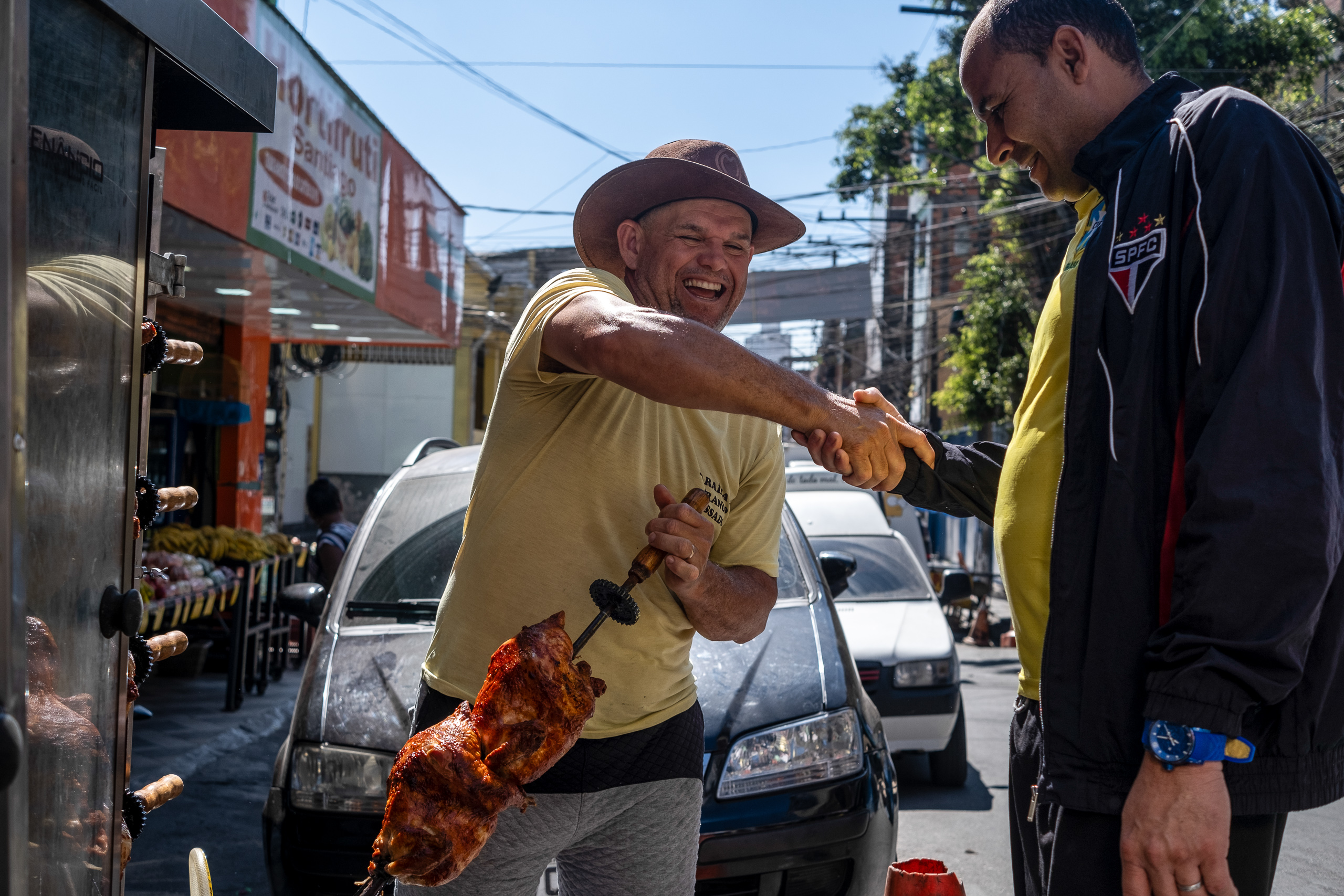
Photographer: Dan Agostini
Geanes Maria de Souza, owner of a street stand selling roasted chicken and grilled beef, greets a customer in the favela of Paraisópolis, São Paulo. In September, we published a huge three-country photo report looking at changing meat consumption habits and the rise of plant-based diets, meeting with diners and cooks in Brazil, Argentina and China. De Souza was one of many who told us how changing prices are perhaps the most important influence on meat-eating choices. (Image: Dan Agostini / Diálogo Chino)
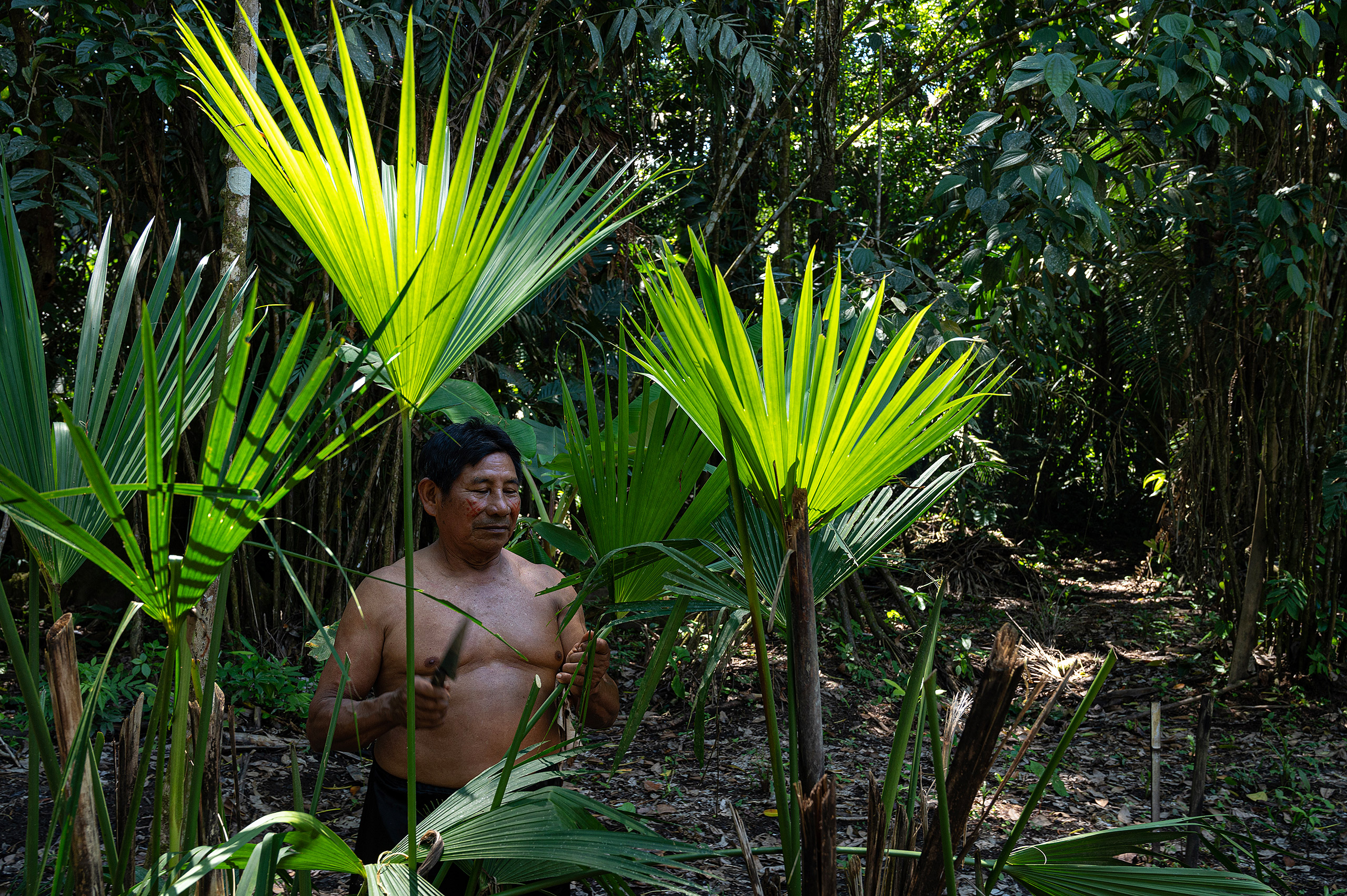
Photographer: Flor Ruiz
Óscar Machoa, a healer in the Kichwa Indigenous community of San Carlos in Ecuador’s Orellana province. The community lives close to the mega-biodiverse Yasuní National Park, which in August was the focus of a national referendum over the future of oil reserves located beneath its soils. As we heard on the eve of the vote, there were splits between different Indigenous groups over oil’s role in the area, with some welcoming the income it generates, while others such as Machoa were against it. Ecuadoreans ultimately voted to ban oil exploitation in Yasuní. (Image: Flor Ruiz / Diálogo Chino)
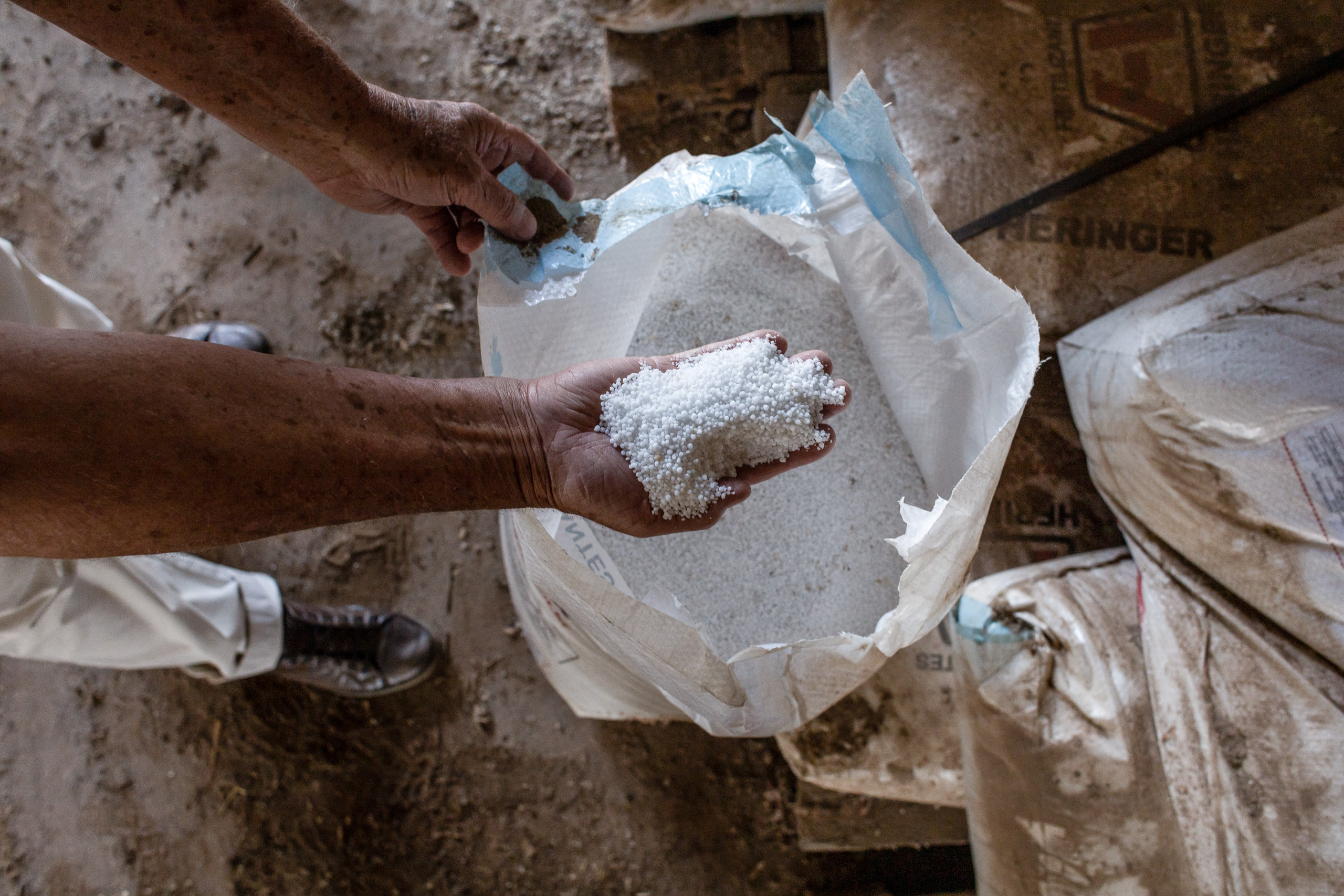
Photographer: Dan Agostini
A worker inspects sacks of urea at farm in Cerquillo, São Paulo state. As we reported in April, fertilisers have been vital to Brazil’s past agricultural growth and ongoing output, but concerns over their nitrogen emissions have presented questions for the road ahead. Changing global dynamics and domestic priorities in Russia and China, Brazil’s key fertiliser suppliers, have also caused supply strains and brought into focus the country’s dependence on imports. (Image: Dan Agostini / Diálogo Chino)
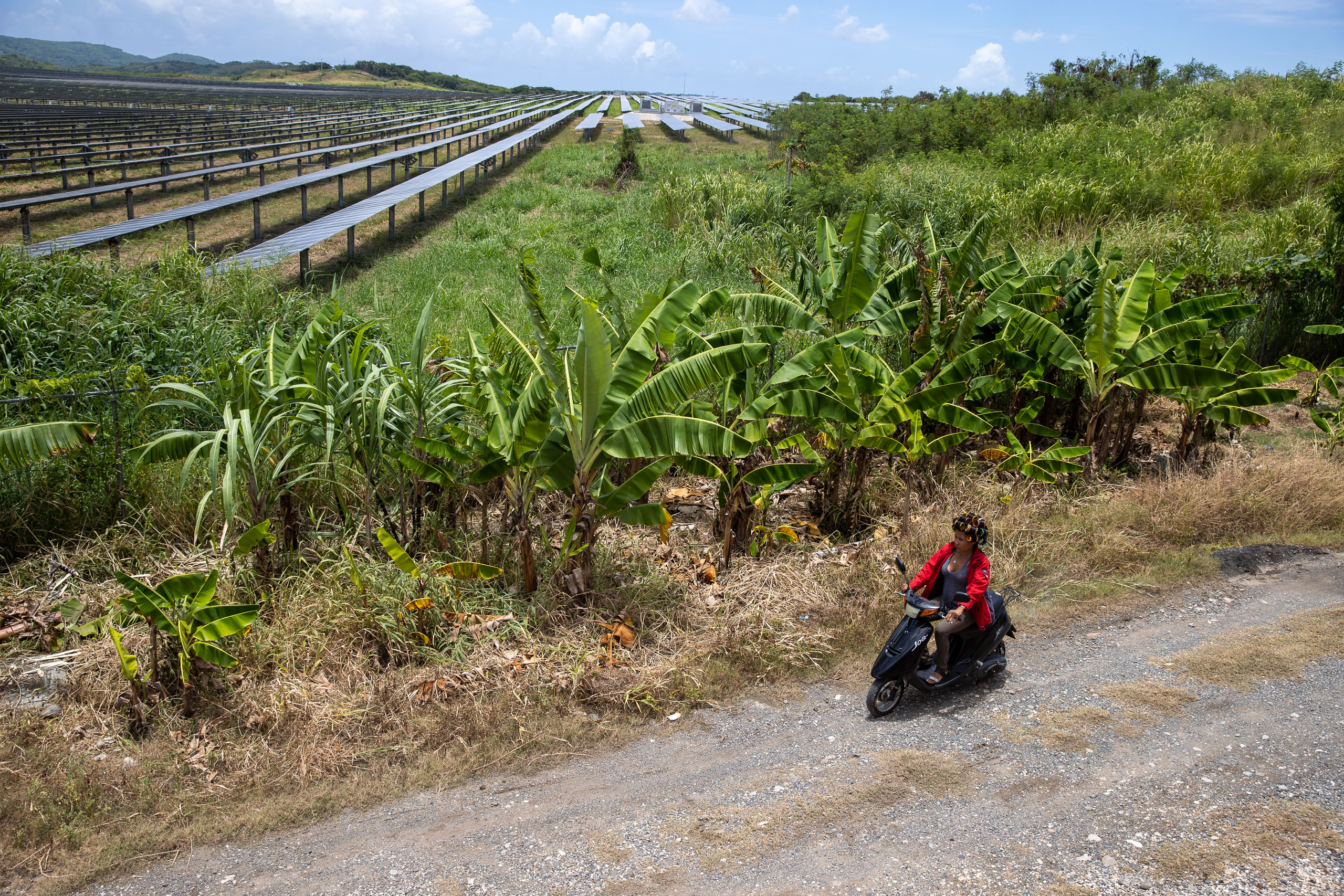
Photographer: Erika Santelices
A woman rides past banana trees and a fence surrounding the Girasol Solar Park in Yaguate, San Cristóbal province, Dominican Republic. In our report, we heard from residents and analysts on shortcomings in the country’s environmental impact assessment and permitting processes, which have left some feeling overlooked as renewable energy projects have been built. Residents criticise Girasol for taking away their access to land, and also allege it has increased heat in the area. (Image: Erika Santelices / Diálogo Chino)

Photographer: Eitan Abramovich
Eduardo Sánchez, a fisher in the town of Arazatí, Uruguay, holds up a bottle of algae-filled water. The Uruguayan government plans to build a water treatment facility in this town on the banks of the Río de la Plata, as well as an 80-kilometre pipeline to its capital, Montevideo, which this year experienced shortages and drops in drinking water quality during a severe drought. As we heard in our report, the proposed project has proven controversial both in the town and among the country’s political parties. (Image: Eitan Abramovich / Diálogo Chino)
